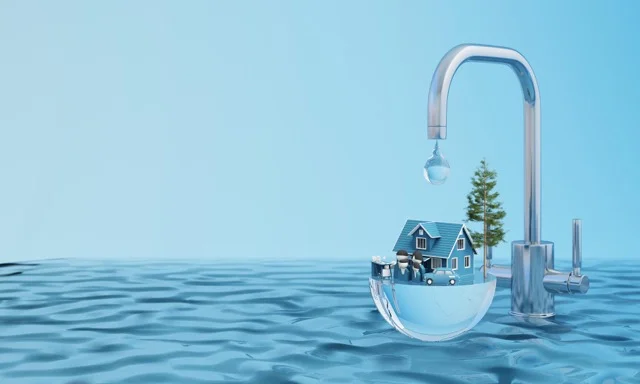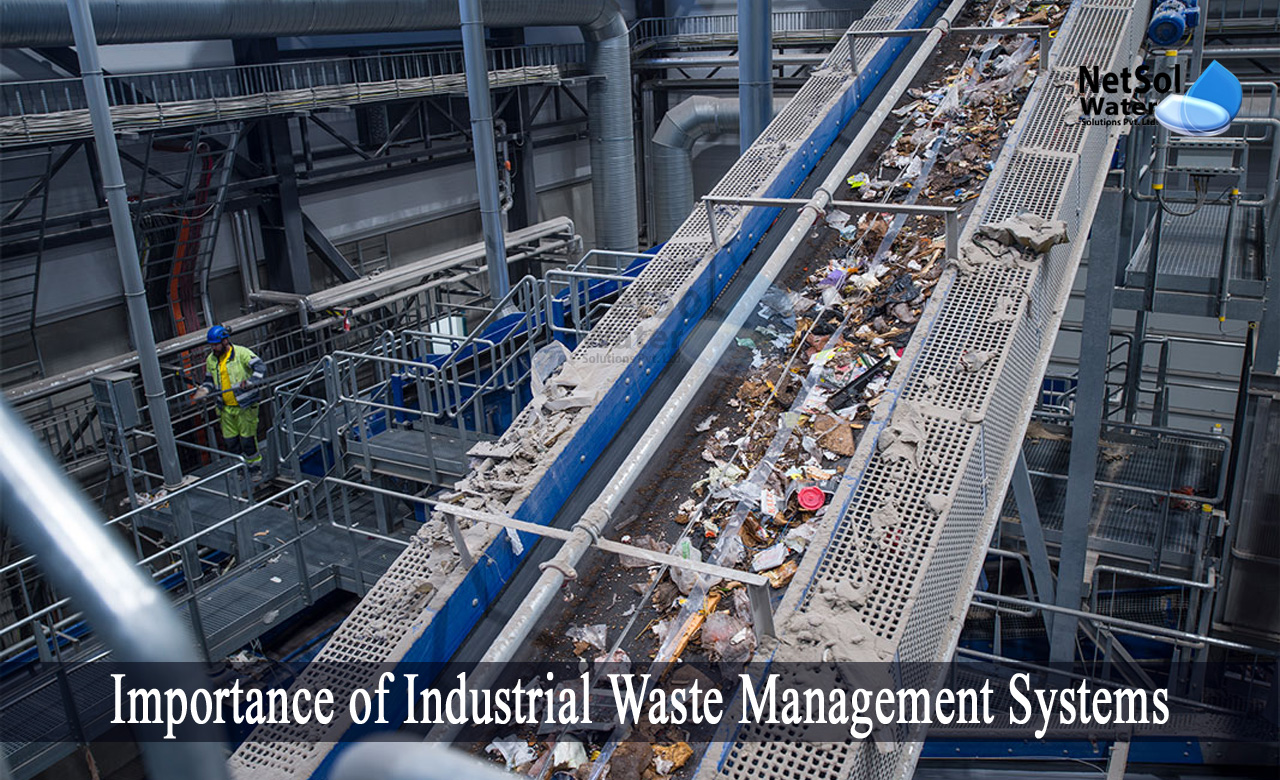Reclaim Waste for Beginners
Unknown Facts About Reclaim Waste
Table of ContentsA Biased View of Reclaim WasteSee This Report about Reclaim WasteReclaim Waste Fundamentals ExplainedThe 2-Minute Rule for Reclaim WasteAll About Reclaim Waste
Domestic sewage waste refers to the waste and items from a residential septic tank. The correct management and disposal of residential sewer waste call for fluid waste to be moved to a sewage therapy plant where the correct techniques and tools are used to detoxify and dispose of waste.
Business waste typically includes potential threats, such as combustible materials or a mix of fluid and solid waste items, and needs a more innovative and thorough disposal procedure. The disposal of business waste commonly involves the filtering of waste before transport to ensure secure and appropriate disposal. Hazardous waste is developed from by-products and runoff of commercial processes and production.
This kind of waste can not use the same sewer management transport or processes as septic or business fluids. The hazardous waste administration procedure calls for the assessment and screening of liquid waste prior to it undertakes the disposal procedure (industrial wastewater treatment). Drainage waste is the liquid waste that comes from overflow and excess stormwater in highly populated areas or cities
Overflow waste can trigger contamination and flooding if not managed properly. Making certain correct waste management can prevent calamities and decrease environmental harm.
How Reclaim Waste can Save You Time, Stress, and Money.
Get in touch with PROS Solutions today to learn more about our waste management and disposal solutions and the correct means to take care of the liquid waste you generate.
(https://myspace.com/reclaimwaste1)This so-called 'wastewater' is not just an essential source but, after treatment, will be released to our land, rivers or the sea. Used water from bathrooms, showers, bathrooms, kitchen area sinks, laundries and industrial processes is recognized as wastewater.

water utilized to cool machinery or clean plant and devices). Stormwater, a form of wastewater, is overflow that moves from farming and city areas such as roofings, parks, yards, roadways, paths and gutters into stormwater drains pipes, after rainfall. Stormwater flows neglected directly to regional creeks or rivers, ultimately getting to the sea.
More About Reclaim Waste
In Queensland, most wastewater is dealt with at sewer therapy plants. Wastewater is carried from residential or industrial websites via a system of sewage systems and pump stations, called sewage reticulation, to a sewage treatment plant. City governments construct, maintain and run most sewer therapy plants. Operators are accredited under the Environmental Defense Act 1994 to discharge cured wastewater at an acceptable ecological criterion into rivers.
The Department of Natural Resources encourages regional federal governments regarding handling, operating and preserving sewerage systems and therapy plants. In unsewered locations, city governments might require owners to install private or household sewage therapy systems to treat residential wastewater from bathrooms, kitchens, washrooms and laundries. The Division of Natural Resources authorizes making use of household systems when they are verified to be efficient.
Most stormwater receives no treatment. In some brand-new subdivisions, therapy of some stormwater to eliminate clutter, sand and gravel has begun using gross toxin catches. Wastewater treatment occurs in four phases: Removes strong issue. Larger solids, such as plastics and other objects incorrectly released to sewers, are eliminated when wastewater is travelled through displays.
Wastewater after that flows right into huge storage tanks where solids clear up and are eliminated as sludge. Oil and residue are skimmed from the surface. Uses tiny living organisms called micro-organisms to damage down and eliminate remaining dissolved wastes and fine bits. Micro-organisms and wastes are integrated in the sludge. Gets rid of nitrogen and phosphorus nutrients that could cause algal flowers in our waterways and endanger water life.
Not known Details About Reclaim Waste
Nutrient removal is not readily available whatsoever sewer treatment plants since it calls for expensive specialized devices. It is ending up being a lot more common in Queensland. Clear liquid effluent created after treatment might still consist of disease-causing micro-organisms. If this effluent is released right into waterways such as rivers or the sea, the micro-organisms will eventually die out.

This typically suggests wastewater has to be dealt with or impurities removed prior to it can be discharged to rivers. The majority of wastewater streams into the sewerage system. Under the Act, regional federal governments administer approvals and permits for ecologically relevant activities (Ages) including click for source wastewater launches that might have a local effect. The department carries out authorizations and licences to Periods including wastewater launches that may have a regional or statewide effect.
Facts About Reclaim Waste Uncovered
Otherwise, samples are taken for lab evaluation. Usually numerous tests are required to establish the degrees of each of the various pollutants such as oils, heavy metals and pesticides in water. Surveillance gives accurate details about water top quality and can verify that permit problems are being met. The details obtained through surveillance supplies the basis for making water top quality decisions.